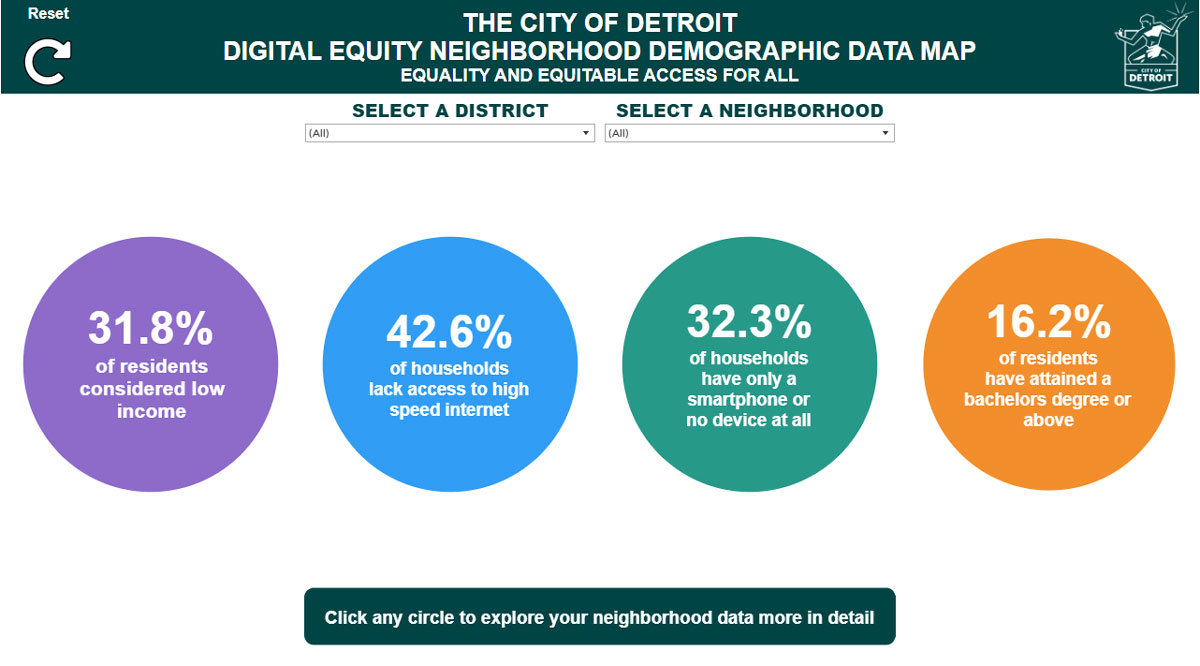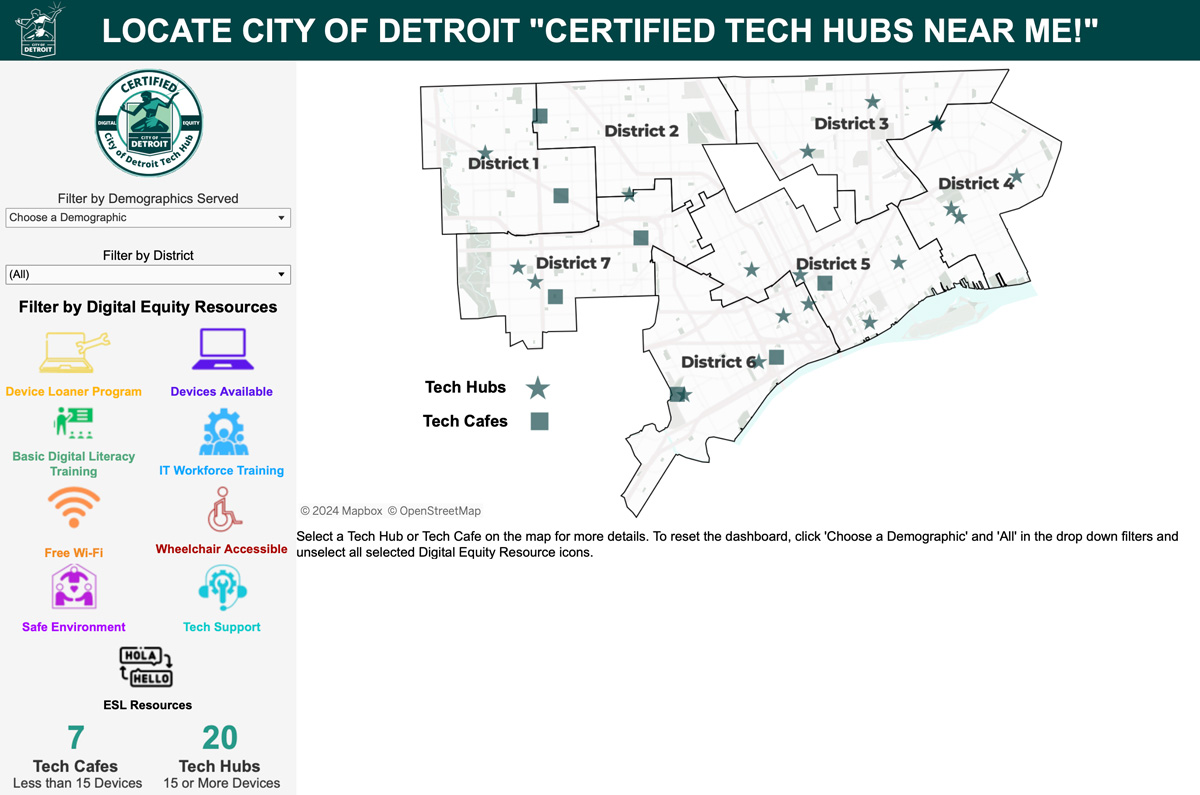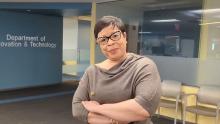For current info please visit detroitmi.gov
Noon – 1:00 p.m. Offering one-on-one computer assistance.
block-detroitminew-views-block-news-events-block-1,News & Events*block-detroitminew-views-block-related-links-block-1,Related Links*block-detroitminew-views-block-video-playlist-block-1,Videos*documents-block,Documents*block-detroitminew-views-block-forms-block-1,Forms*block-views-block-faq-block-1,FAQs*block-detroitminew-views-block-district-map-block-1,District Map*block-views-block-council-office-directory-block-1,Office Directory*block-detroitminew-views-block-contacts-block-3,Contacts*block-detroitminew-views-block-contacts-block-4,Contacts*block-detroitminew-views-block-council-member-bio-block-1,Bio*block-detroitminew-views-block-sub-sections-block-1,Sections*block-detroitminew-views-block-web-apps-block-1,Web Apps*block-detroitminew-views-block-news-events-block-4,News*block-detroitminew-views-block-news-events-block-3-2,Events*block-detroitminew-views-block-contacts-special-block-1,Staff*block-detroitminew-views-block-statements-block-1,Statements*block-detroitminew-views-block-newsletters-block-1,Newsletters*block-detroitminew-views-block-newsletters-block-3,Ordinance*block-detroitminew-views-block-newsletters-block-2,Resolutions*block-detroitminew-views-block-newsletters-block-4,Memos
The Office of Digital Equity & Inclusion is committed to achieving equitable access to digital resources for all residents. Placing “Digital Equity” resources in the communities we serve across all seven districts. Understanding this is an ongoing conversation that will continue to develop as technology evolves. Placing a demand on municipalities across the country to develop citywide strategies focused on integrating the latest technological advancements socialized as common day-to-day digital services and tools. To bridge the digital divide will require a plan that will close the socioeconomic disadvantages directly impacting the digital divide. Our goal in the City of Detroit is to provide residents with digital equity tools, increasing access and long-term digital equality. By placing the resources in community-based organizations ensuring access to affordable high-speed internet, smart devices (laptops/tablets), digital literacy skills-building courses, and IT workforce training (apprenticeship, internship, and job placement) working collaboratively with internal and external stakeholders.
Digital inequalities have been an issue for decades in the City of Detroit. COVID-19 amplified the inequalities as well as the divide it placed amongst thousands of cities locally and nationally. The City of Detroit was not unlike other municipalities gaining a better understanding for the need to provide our residents with equitable access to affordable digital equity tools and resources. Rebuilding Detroit’s economy post-COVID-19 will require more attention focused on increasing racial equitable access for black and brown residents. The Office of Digital Equity & Inclusion has been tasked with creating the blueprint and leading this initiative. Working collaboratively with “Digital Equity Partners” in the community. From grassroots organizations, faith-based, community centers, and nonprofits to corporations. With a primary goal to deliver digital equity resources directly to the community we serve specifically residents at or below poverty, including but not limited to seniors, veterans, ESL communities, K12 students and parents, returning citizens and 25- to 45-year-olds.
Digital Divide: This is the gap between those who have affordable access, skills, and support to effectively engage online and those who do not. As technology constantly evolves, the digital divide prevents equitable participation and opportunity in all parts of life, disproportionately affecting people of color, Indigenous peoples, households with low incomes, people with disabilities, people in rural areas, and older adults.
The Office of Digital Equity & Inclusion has identified the digital gaps we can provide solutions that will address over 80% of the obstacles clearly defined in the “digital divide”. Our office work is guided by the three DEI pilars.

Use the “Digital Equity Neighborhood Demographic Data Interactive Map” to analyze the demographic data in your neighborhood.
How To Use The Map:

WiFi connectivity options
Quality Affordable Connectivity
Loaner and affordable options
Access To Devices
Technology classes in your community
Basic Digital Literacy Skills
How Do You Connect to the Internet Resident Feedback Survey 23-25
How Do You Connect?

Use the map to find the closest tech hub near you with the available digital equity resources at that location.
How To Use The Map:
SIGN-UP TODAY To BE A City of Detroit Certified Tech Hub. Use the City of Detroit “Certified Tech Hub Near Me” seal below to access the application.

Sign up for Basic Digital Literacy (BDLs) in your neighborhood. Courses offered daily at multiple locations citywide. Seats are limited!
Together we can bridge the digital divide in the City of Detroit.
 https://www.youtube.com/watch?v=IaY7yt6b6lk
City of Detroit Announces First Eight Certified Tech Hubs
https://www.youtube.com/watch?v=IaY7yt6b6lk
City of Detroit Announces First Eight Certified Tech Hubs
 https://youtu.be/hsF5mpWozXw?si=dLISQPUtFDfS_czY
How To Create A Gmail Account PSA
https://youtu.be/hsF5mpWozXw?si=dLISQPUtFDfS_czY
How To Create A Gmail Account PSA
 https://youtu.be/hsF5mpWozXw?si=0o_grRCEN3IT5cqF
How To Create a Gmail Account on the Digital Equity
https://youtu.be/hsF5mpWozXw?si=0o_grRCEN3IT5cqF
How To Create a Gmail Account on the Digital Equity
 https://youtu.be/PLDHkJEZfv4?si=8n6pzVIiyFTSN79S
Women History Month: Digital Equity Director Christine Burkette
https://youtu.be/PLDHkJEZfv4?si=8n6pzVIiyFTSN79S
Women History Month: Digital Equity Director Christine Burkette
Ensuring all City of Detroit residents have equitable access to high-speed internet in their homes
Kimberly Jones
GIS Tech II [email protected]Kimberly Jones
GIS Tech [email protected]Office of Digital Equity & Inclusion
[email protected]